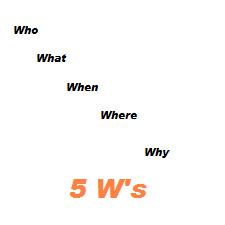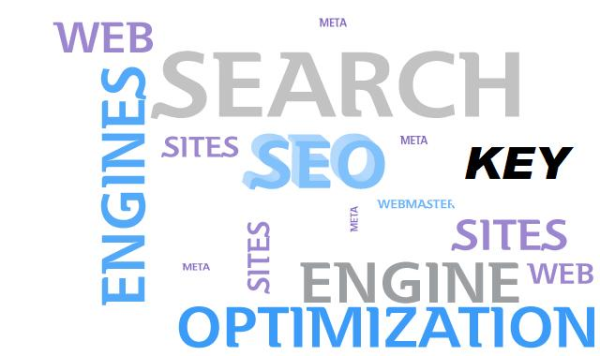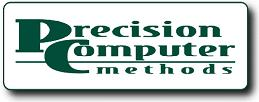One of the most important factors that affect the search engines indexing your web pages for search engine results pages (SERP) positioning and page rank is changing website content. If your pages are published but never updated or changed, you will never be ranked high enough to show up in the first few pages of a SERP.
____________________________________________________________
Tags: SEO | organic search | Paid Search, targetted Marketing, SEO, Web traffic, Search Engine Optimatization, SERP, SEO Authority
In the past several weeks, we have covered the content requirements in order to develop your website as an authority in your field. While this makes sense, sometimes it is difficult to get a handle on how to approach this task of creating perfect content that is appealing to your viewers and at the same time, attractive to the search engines. As a suggestion for organizing your thoughts about content, think of the 5 W's: Who, What, When, Where, Why. When you can answer the 5 W questions, you have covered your content needs. Let's look at the 5 W's individually.
Tags: SEO | organic search | Paid Search, Inbound Marketing, 5 W's, SEO, Search Engine Optimatization, SERP, SEO Authority, Content based Marketing
As you review your website for the attention the search engines will give it and for its authority content, you need to determine if you have a clear call to action. A call to action on your website simply asks your viewer to do something. Are you asking the surfer to call you, to buy your product, to engage your services or simply to subscribe to your future communications? Think carefully about what you want next from your website visitors. This is your call to action (CTA). The purpose of a CTA is to create another contact point for your potential customer. It takes seven encounters on average before your prospect becomes a customer. If you don't ask or create a clear opportunity for your viewer to create a relationship with you and your business, you may not get your additional six contacts for the sale. Beyond the initial sale, you will want to set up an ongoing relationship with your customer. Business is not built on one sale, but on a continuous business relationship where you customer becomes a return purchaser. To build this loyalty, you must continue to place your name and image in front of your customer. Think of it this way: you spend most of your marketing efforts and dollars to get that first customer. When your customer returns for another purchase, you aren't spending much more in follow-up dollars. With techniques we are going to cover in future SEO SOS lessons, you will see that this cost is minimal and, therefore, yields the greatest return on your marketing dollar. Some examples of CTAs might be:
Tags: SEO, Website Traffic, Search Engine Optimatization, SERP, Website Navigation
Using Image Tags to Embed Keywords - SEO SOS #4
Posted by Peter Heinicke on Wed, Jun 13, 2012 @ 09:43 PM
Sometimes it is difficult to find ways to add keywords to your content without the copy sounding completely phoney. The goal is from 2% to 7% keyword density and while it is not always easy to find ways of using those keywords, there is a technique you may not be aware of using the keyword ALT tag. When you place an image in your HTML code, one of the parameters that can be added is called the ALT tag. This tag is simply a place in the image tag to put a description, name or title related to the image. It does not show unless you have a browser that show ALT tags when you hover over the image with the mouse. Another time you may see this text is when the image is loading. But the search engines do see this text description and will index it to help you gain keyword recognition for the website. This technique is more effective if you vary the ALT tag content so it is not just a repetition of the same keyword or keyword phrase over and over.
Tags: SEO | organic search | Paid Search, Website Traffic, Search Engine Optimatization, SEO Authority
The search engines do not understand a whopping 99% of the websites on the Internet because they are not deemed to be relevant. There are millions of sites that should be considered irrelevant, but yours shouldn't be one of them.
What makes a site relevant? Content that relates to the theme of the site. That is, if your site is about coaching, then it is important to clearly define whether that coaching refers to little league coaching or football coaching or life coaching or business coaching. If the only keyword emphasized on your website is coaching, it will be difficult for the search engine to provide consistent results on the Search Engine Results Page (SERP) when a search is performed. Your business coaching website will come up along with all the little leaguers, the football coaches as well as your competitors, depending on what additional words show up on
your page content.
A complex algorithm known as Latent Semantic Indexing (LSI) is a technology used by the search engines to check not only the keywords on your website and the positioning of those keywords but also other related words that should commonly appear with your keyword or keyword phrase. This is how a website is determined to be relevant. Algorithms like LSI have come into being because there are so many websites on the Internet that simply throw up a
website with just their keywords listed and no other content. LSI takes into consideration additional related content that would naturally show up if the content is relevant to the keyword or keyword phrase and is appropriate to the theme.
Therefore, if your website is not showing up in the top 20 to 30 results in a search query, you can bet that the search engines do not find your website to be relevant or an authority on the topic you have chosen for your website's theme. Granted, there are other factors involving the creation of authority, but it all starts with keywords and content related to those keywords.
So how do we find out what the LSI technology considers important and related content that should appear along with your keywords to give your page weight and relevance? There is a simple technique you can use to determine what additional words will help with this goal. Using Google, put a keyword into the search box with a tilde (~) in front of the keyword. The SERP will show up with all the words that Google thinks are relevant to this keyword in bold.
For example, put ~meditation tool in the search box and the resulting bolded words are: meditation tool, tool, techniques, relaxation tools, tools, Yoga tools, relaxation tool, and spiritual on the first 3 pages. The lesson here is that if you want your website that offers a meditation tool to place well in the SERP, you will want to include some of these other related words and phrases.
Using this technique will give you a great start to building a website that will be considered relevant and an authority by the search engines once they know you exist. While it is important to drive traffic to your website, it is equally important that once traffic arrives at your website, the viewer finds content of value. And the most important visitors your website will ever host are Google and Yahoo and MSN, the Big Three.
Looking back at the past SEO SOS lessons, remember, good content is not English 101, but Marketing 101. You can deliver the message of your site without ignoring the very important search engine technology that places you well on the SERP.
Tags: Web traffic, Search Engine Optimatization, SERP, SEO Authority






